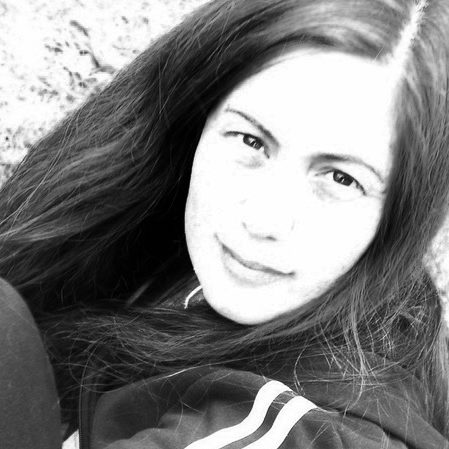Walk into any Judaica store looking for a Kiddush cup, candlesticks or spice boxes and you’ll find yourself confronted with a plethora of silver and wood and an abundance of carved or engraved Jewish symbols from Stars of David to Lions of Judah.
Painter and sculptor Tobi Kahn tries to break that mold with his innovative ceremonial objects which eschew kitsch and present Judaica in an entirely new light.
“I want to make people realize that creating ceremonial objects can be special and transformative,” Kahn said in a recent interview from his home in New York.
The fruits of Kahn’s labor can currently be seen in his national touring exhibition, “Avoda: Objects of the Spirit,” at USC’s Doheny Memorial Library.
The exhibit is a collection of Judaica the 52-year-old Kahn created over the last 20 years to be used in private ritual ceremonies for either his family or his friends. There is not a single identifiable Jewish symbol on any of his pieces — no Stars of David or Hebrew text.
Every time the exhibit arrives in a new place, Kahn holds workshops for students to create their own ritual objects.
“I tell them to try and be honest with what interests them, to make something that they can relate to,” he said.
Placing paint, glass, wire and beads in front of those who take his workshops, Kahn said many have argued that they did this kind of thing in second grade.
“But I say to them, ‘You first tied your shoelaces in second grade, too; it doesn’t mean you shouldn’t ever do it again.’”
As adults, Kahn said, we interpret things differently and it’s important to put our own personal touch on our work.
Kahn says his ritual objects must work on three different levels: “They must work visually, be functional, and meet halachic standards, so there’s not a Jew anywhere who can say ‘It looks great, but it doesn’t fulfill halachic obligations.’”
Although the New York-based Kahn described himself as “committed to traditional practice,” he still believes it’s important that his work appeal to Jews of all denominations. “I am Jewishly educated but I’m also artistically educated. I’m as fascinated by Frank Lloyd Wright as I am by midrashim. My work is an amalgam of both.”
Kahn also said it was serendipitous that his exhibition arrived in Los Angeles in time for Passover. One of his works is a three-tiered seder plate with Egyptian figurines holding it up.
“The tiers are designed to hold the three matzot,” he explained, “and the Egyptian figures are there because I do believe we were slaves in Egypt.”
The whole mystical idea of moving from slavery to freedom is also at the heart of this particular piece. As such, Kahn chose gold and lead as the colors.
“The gold represents redemption and the lead color represents the chains that the slaves wore,” he said. “It was important to me that the plate looked ancient.”
Kahn is also keen for people to create their own objects for their seders.
“I think making your own objects helps you experience and define the holiday differently,” he said. “It adds to the dialogue, and brings a whole other element to the festival. If you start to think visually about every experience, it then makes it a core experience.”
He has even taken this idea one step further, holding an “Artists Seder” every year for the last three years where different artists attend and interpret the different parts of the seder through their
medium and without the use of a haggadah.
Kahn said he would like people to contact him directly and tell him how the creation of ritual objects impacted their seder and their personal experience.
“Anyone can do this and create a wonderful, meaningful Jewish experience,” he said. “You don’t have to have had an art show at the Whitney to make a ceremonial object.”
Contact Tobi Kahn about your seder creations via e-mail at agarbowit@avodaarts.org. “The Avoda: Objects of the Spirit” exhibit is on display until May 31 in the Ground Floor Rotunda at the USC Doheny Memorial Library, 3550 Trousdale Parkway, University Park Campus, Los Angeles. For more information, call (213) 740-2070.





















 More news and opinions than at a Shabbat dinner, right in your inbox.
More news and opinions than at a Shabbat dinner, right in your inbox.